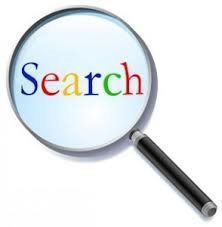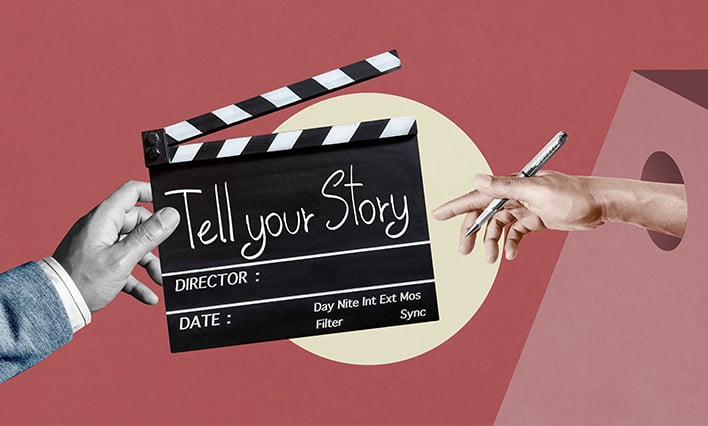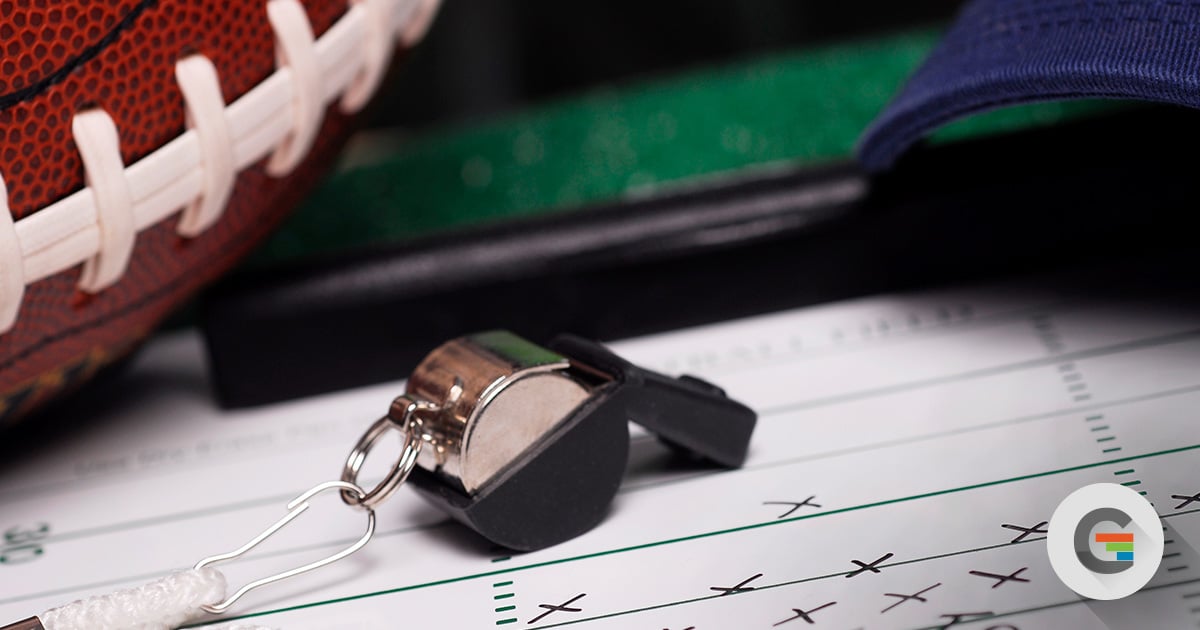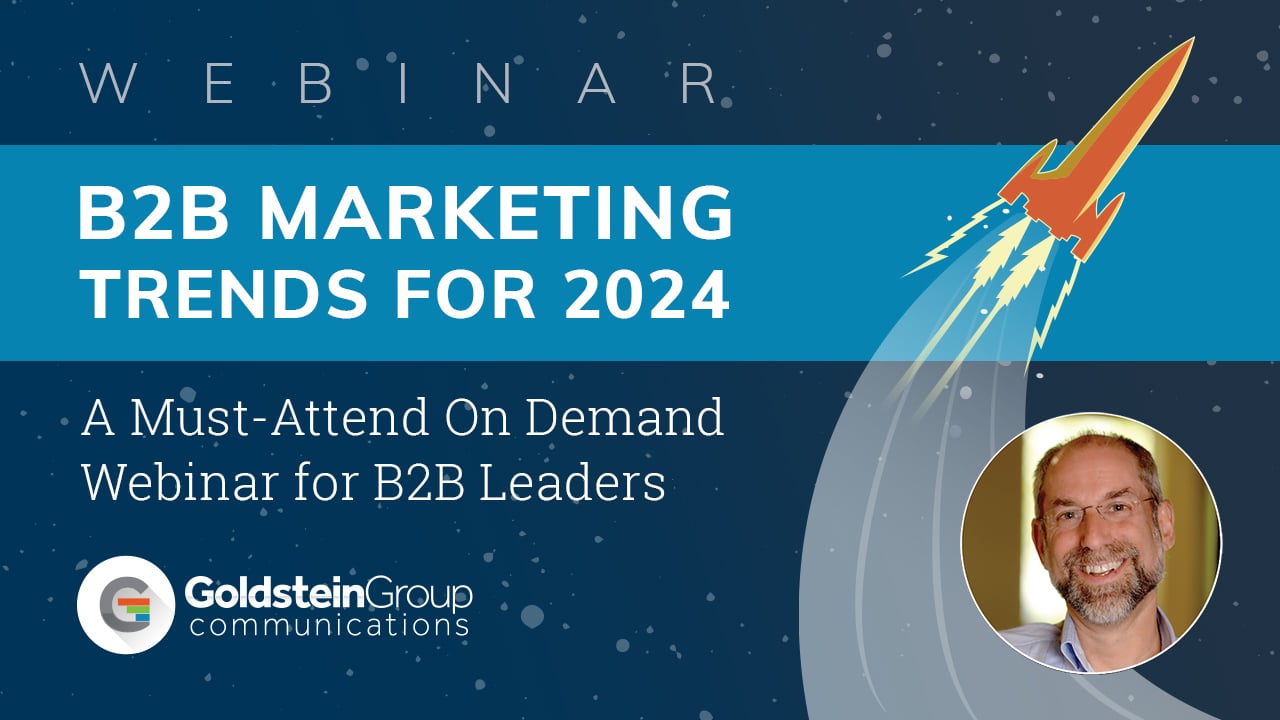Does Paid Search Work? A Case Study

Paid search advertising on Google, Yahoo! Etc. has its fans and detractors. The big question for many is, are the clicks worth it? Is there a way to track which clicks matter, not just count clicks?
for many is, are the clicks worth it? Is there a way to track which clicks matter, not just count clicks?
When Goldstein Group was hired to take over paid search management for one client, the company was running a large campaign but wasn’t sure what ROI it was producing. Impressions measured in the millions, clicks in the thousands, and the company routinely spent between $5000-7000 monthly on a campaign that included several hundred words on Google and Bing.
After about a year and a half, the campaign is dramatically different. And the approach might surprise you.
Clicks in fact are down. And we’re even paying more for each click. Impressions are WAY down. Yet the company is overjoyed with the results and regards it as a singular success among all its marketing initiatives. The reason: a rigorous tracking and conversion approach was added, so that for the first time the company could see that paid search was actually generating Requests for Quotes!
More than that, because tracking metrics were installed throughout the program, inefficient campaigns were dropped with NO drop-off in quote activity. Because we were able to see which clicks MATTERED, we were able to focus spending only on areas that produced a return.
The result: we were able to cut total spending by 50%, with NO dropoff in quote requests.
Phase 1: Refine the Keywords, Tighten the Program, Eliminate the Network
While the campaign initially produced 8000+ clicks a month and 8 million+ impressions, much of that traffic and cost was tied to the Google Content Network, which historically produces a lot of impressions, but very low click quality. We immediately dropped that portion of the program, and began sorting through the words to refine the campaigns and improve response rates. We added a variety of advanced initiatives, such as accelerated scheduling and remarketing banners to improve the program’s ability to focus on specific, important search terms. We even began buying competitor brand terms, so that we were able to divert some of that traffic to the client in ways that generated quote requests from someone initially searching for a competitive product!
Over the next eight months, we boosted the program’s efficiency by 38% as we dropped cost/click from $1.36 to just 84 cents. We’re began spending less ($4558 compared to $6674) yet were able to generate more clicks (4902 compared to 5409):
Adword Performance Summary:

Phase 2: Where Do Quote Requests Come From?
Then we added tracking code throughout the program to measure conversions. We’ve all heard the statement: “I know half my advertising is wasted; I just don’t know which half?”
Now with conversion tracking, we know which words and ad text are more likely to produce a quote request, and which are not. Most important, we weren’t defining conversions as just a click or even just a lead form – but we tied the paid search campaign into the client's quote lead forms, so we were able to define and measure the clicks that turned into a high quality quote request. Now, we knew which words turned into a quote request, and could measure the cost/quote from all of our activity.
Further, because we had segmented the campaign into ad groups, we were able to review the ROI performance of each group to see where the results came from. We found that the campaign tied to the Google campaign for the largest ad group, consumed half the cost of the entire program, but almost no quote requests.
The data was startling to us. Without our conversion tracking, it looked like the program was doing quite well but in fact was just producing expensive clicks. At the same time, we could also see that branded terms, or those ads that included a reference to the client’s brand name, produced by far the most conversions to quotes. Could we preserve our quote flow by dropping this key Ad Group and eliminating a large portion of the program’s cost?
That’s exactly what happened. By dropping the poor performing ad group, we found that we improved our total program cost/conversion by 174%, from $85 to $31 per quote, reduced our monthly spend on Google by 95%, and, best of all, saw NO decrease in quote volume.
Quotes, All Ad Groups:

Google Cost/Quote, all Ad Groups:

While this is a great story applied to paid search, we’re applying the same analysis to prove value: cost/click, cost/lead and ROI to revenue. Think about how these programs fit into your paid search campaign metrics, and how to boost your overall returns with our Marketing ROI ebook. Download it now.

Written by Joel Goldstein:
Goldstein Group agency president who builds “Measurably Better Marketing” programs that create WOW experiences for clients.






